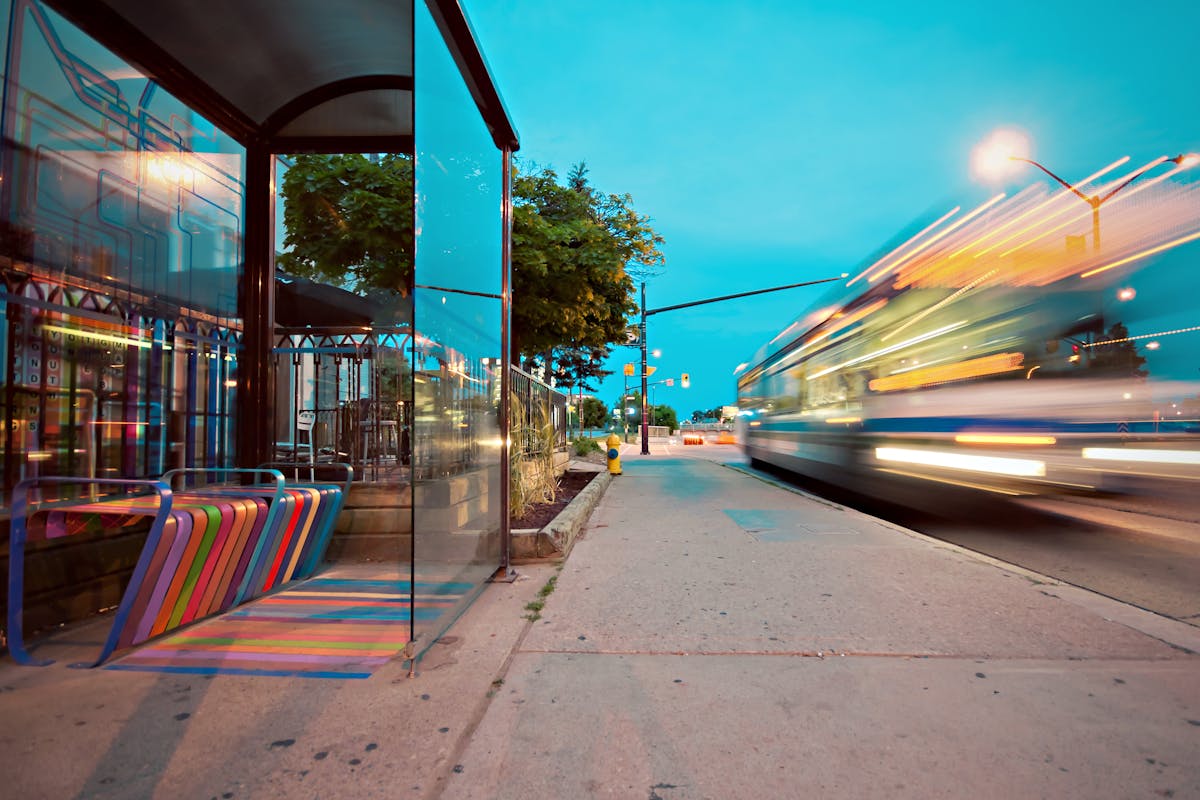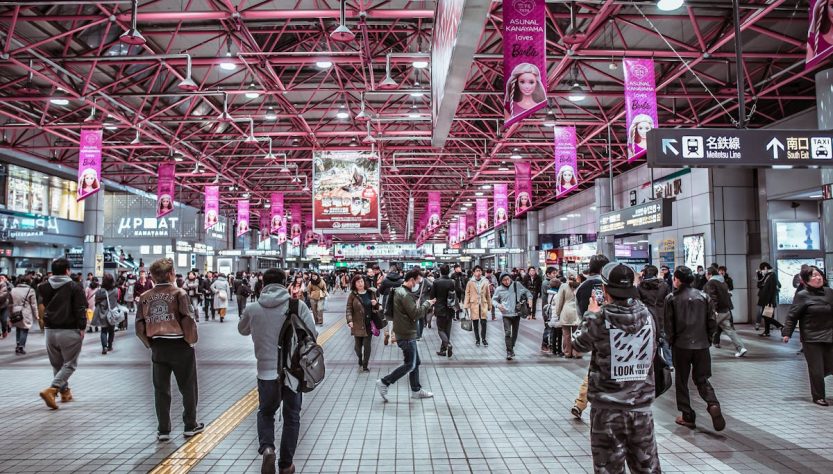
- Mass transit is evolving to meet the needs of growing cities and technological advancements.
- Good leadership is crucial for investment and innovation in mass transit systems.
- Emerging trends in mass transit technology include autonomous vehicles, electrification, and Hyperloop.
- These technologies promise increased efficiency, sustainability, and improved customer experience.
- The future of mass transit is interconnected and holds great potential for shaping the cities of tomorrow.
Mass transit has long been synonymous with crowded buses, lengthy waits at train platforms, and the steady hum of engines driving public mobility. Yet, as our cities expand and our technology continues to evolve, a compelling narrative for innovation in mass transit is unfurling. Our urban landscapes demand brighter, cleaner, and more efficient ways to move people. This blog post explores the innovative solutions emerging in mass transit systems worldwide and considers the exciting future that could redefine how we travel en masse.
The Evolution of Mass Transit
Mass transit has a legacy woven into the fabric of urban development. From the early days of horse-drawn carriages to the electrified subways of the 19th century, its evolution is a testament to the ingenuity of engineers and the needs of growing cities. Today, that evolution is accelerating. The rise in urban density, coupled with advancements in digital and transportation technologies, is driving the next wave of change in how we move.
Urbanization and Transit
In the 20th century, rapid urbanization led to the golden age of mass transit, with tramways, buses, and subways becoming lifelines for city dwellers. These systems were designed to accommodate millions but are now pressed to their limits. With the United Nations predicting an urban population boom of around 2.5 billion by 2050, the need for efficient mass transit has never been more critical.
Advances in Mass Transit
Advances in materials, manufacturing, and automation are redefining current mass transit. Magnetic levitation trains, for example, showcase how technology can push the boundaries of speed and comfort. But it’s the integration of these innovations into existing systems that is transforming the passenger experience. Ticketless travel, real-time updates, and user-centric design are becoming benchmarks for success in mass transit operations.
How Good Leadership Impacts Mass Transit

Innovation in mass transit wouldn’t be possible without strong leadership. Committing to new technologies, capacity expansion, and customer-centric design requires a vision that transcends individual political cycles. Good leaders understand the importance of mass transit as an enabler of economic growth, social cohesion, and environmental sustainability.
The Singapore Mass Rapid Transit, or SMRT, is one of the best examples. The efficient and reliable system results from strong leadership, investment in technology, and continuous improvements to meet the needs of its growing population.
SMRT CEO Ngien Hoon Ping firmly believes that good leadership is about putting people first and continuously seeking ways to improve. Under his leadership, SMRT has implemented innovative solutions such as autonomous vehicles, intelligent sensors, and data analytics to enhance efficiency and customer experience.
Emerging Trends in Mass Transit Technology
As the world becomes more connected, so are our mass transit systems. This connectivity enables new technologies that promise to revolutionize how we travel en masse. Here are some of the most exciting trends emerging in mass transit technology:
Autonomous Vehicle Systems
Autonomous vehicle systems are set to transform the public transportation landscape. With technology giants and automotive manufacturers investing heavily in self-driving vehicles, we can expect to see more autonomous buses and trains on our roads and rails shortly. These vehicles promise increased safety, efficiency, and reduced emissions.
Electrification of Public Transport

The push for greener and sustainable transport has led to the electrification of public transportation. Governments and transit agencies are investing in clean energy solutions, from electric buses to battery-powered trains to reduce their carbon footprint. This trend will continue as cities strive to meet emissions targets and combat climate change.
Hyperloop Technology
The Hyperloop is one of the most ambitious mass transit projects currently in development. This high-speed transportation system aims to transport people and goods at speeds up to 760 mph through low-pressure tubes using magnetic levitation technology. With the potential to significantly reduce travel times, the Hyperloop could transform long-distance travel and ease city congestion.
Shaping the Cities of Tomorrow
The mass transit systems of the future will be unrecognizable to those of the past. They will be interconnected webs of autonomous vehicles, electric trains, and on-demand services, all guided by intelligent infrastructure. The road to this future is paved with challenges, from funding and regulation to the need for cultural shifts in how we perceive public transportation. Yet, the potential rewards – efficiency, sustainability, and equitable access – are limitless.
